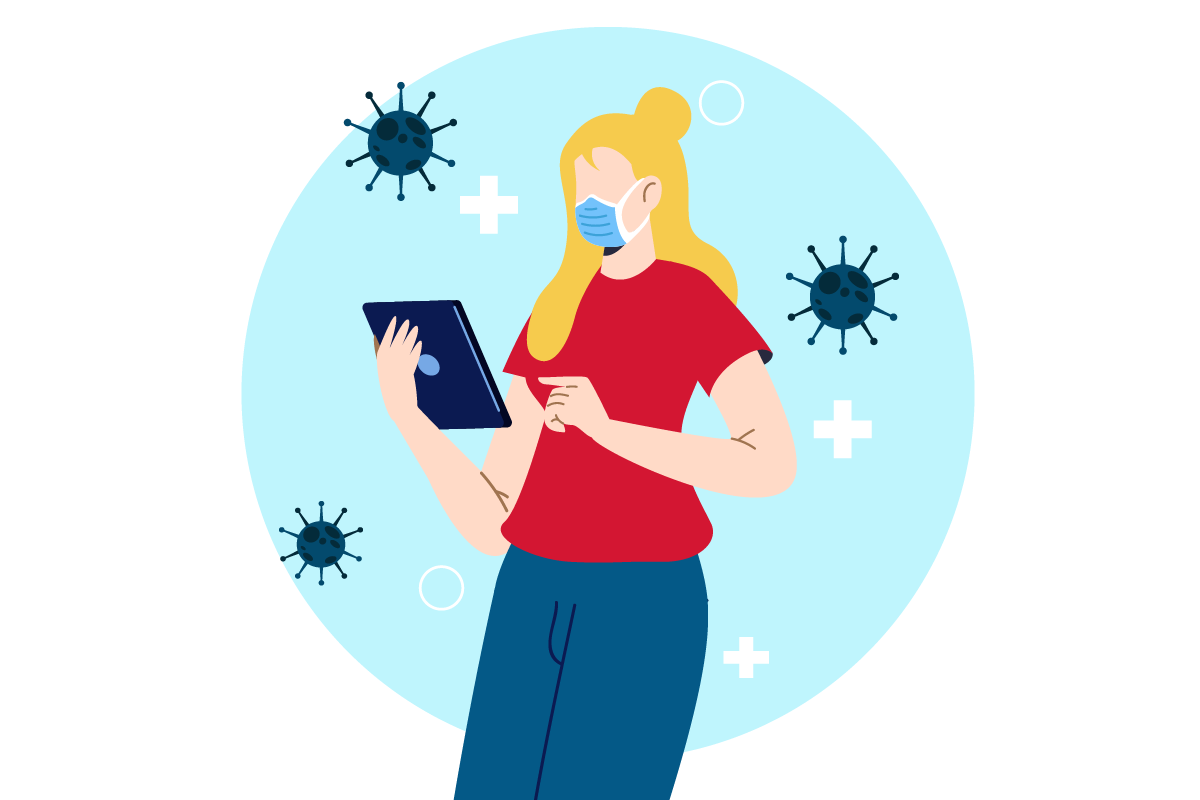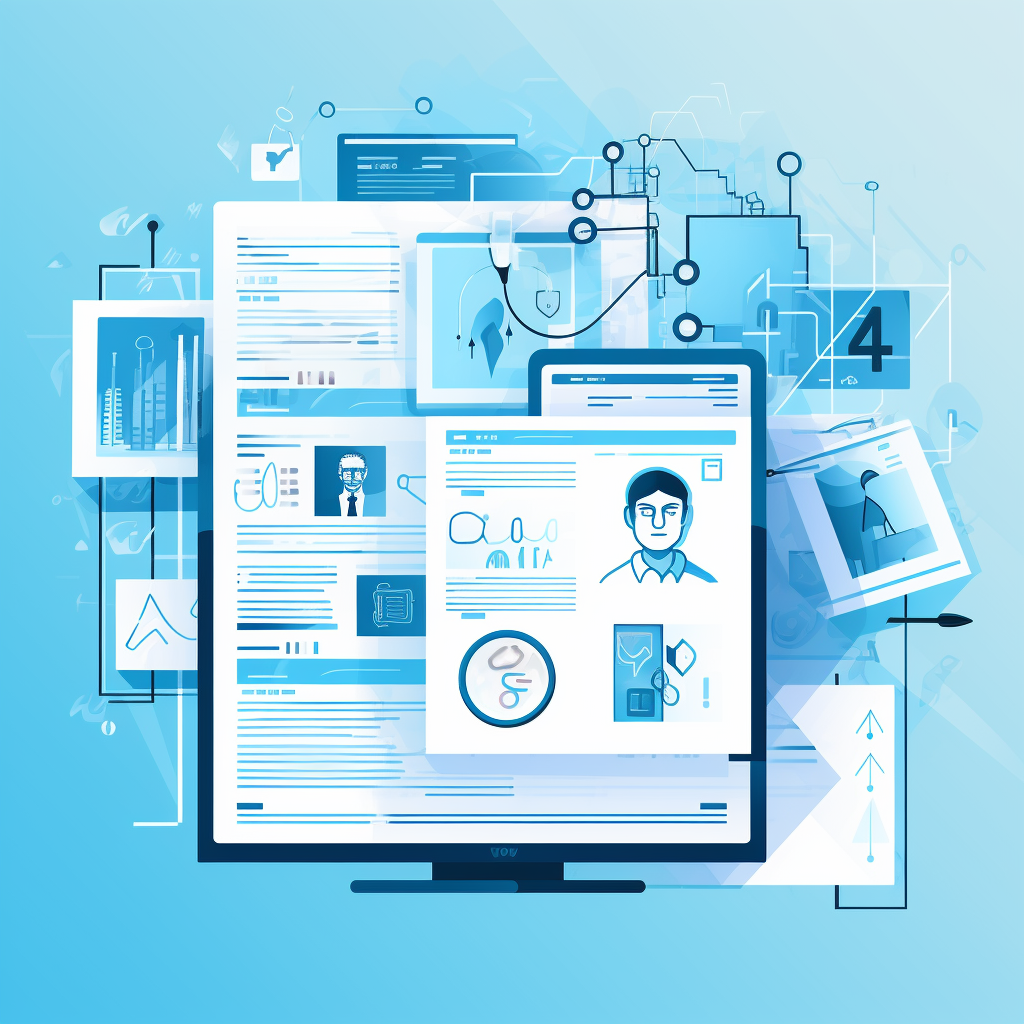In the era when fitness trackers once reigned as the pinnacle of tech-driven health assistance, we find ourselves amidst a transformative landscape that surpasses previous expectations. The future of technology for health unfolds with an array of sophisticated gadgets, applications, and AI diagnostic tools in daily life. Brace yourself, as an overwhelming 78% of individuals acknowledge technology’s substantial potential in enhancing health, and we are poised to illustrate why.
Envision awakening to personalized sleep reports seamlessly delivered by your intelligent speaker, accompanied by insightful sleep efficiency tips and the gentle diffusion of calming lavender aromatherapy throughout your room. While resembling scenes from a science fiction narrative, this scenario is, in fact, a mere glimpse into the realm of state-of-the-art technology for health poised to redefine your fitness regimen, dietary choices, and overall well-being.
This article is not a proponent of antiquated gimmicks or unrealistic fad diets. Instead, it seeks to empower you by guiding you through the utilization of lifestyle technology to unlock the pathway to your healthiest and happiest self.
What Contributes to the Primary Causes of Death in the United States?
Eating on the run, high levels of stress, sedentary lifestyle, lack of physical activity, bad habits like smoking or drinking alcohol, poor quality of sleep — any of these factors or, which is more likely, a combination of them, can lead to disease. Let’s look closer at the statistics of the Centers for Disease Control and Prevention for 2017 (CDCP), and see what’s really killing Americans today.
As we can see, 8 out of 10 causes are health-related, and what is more, heart disease and cancer are responsible for 44.3% of all death cases across the United States. It is as if almost the whole population of Maine has died out off the face of the earth.
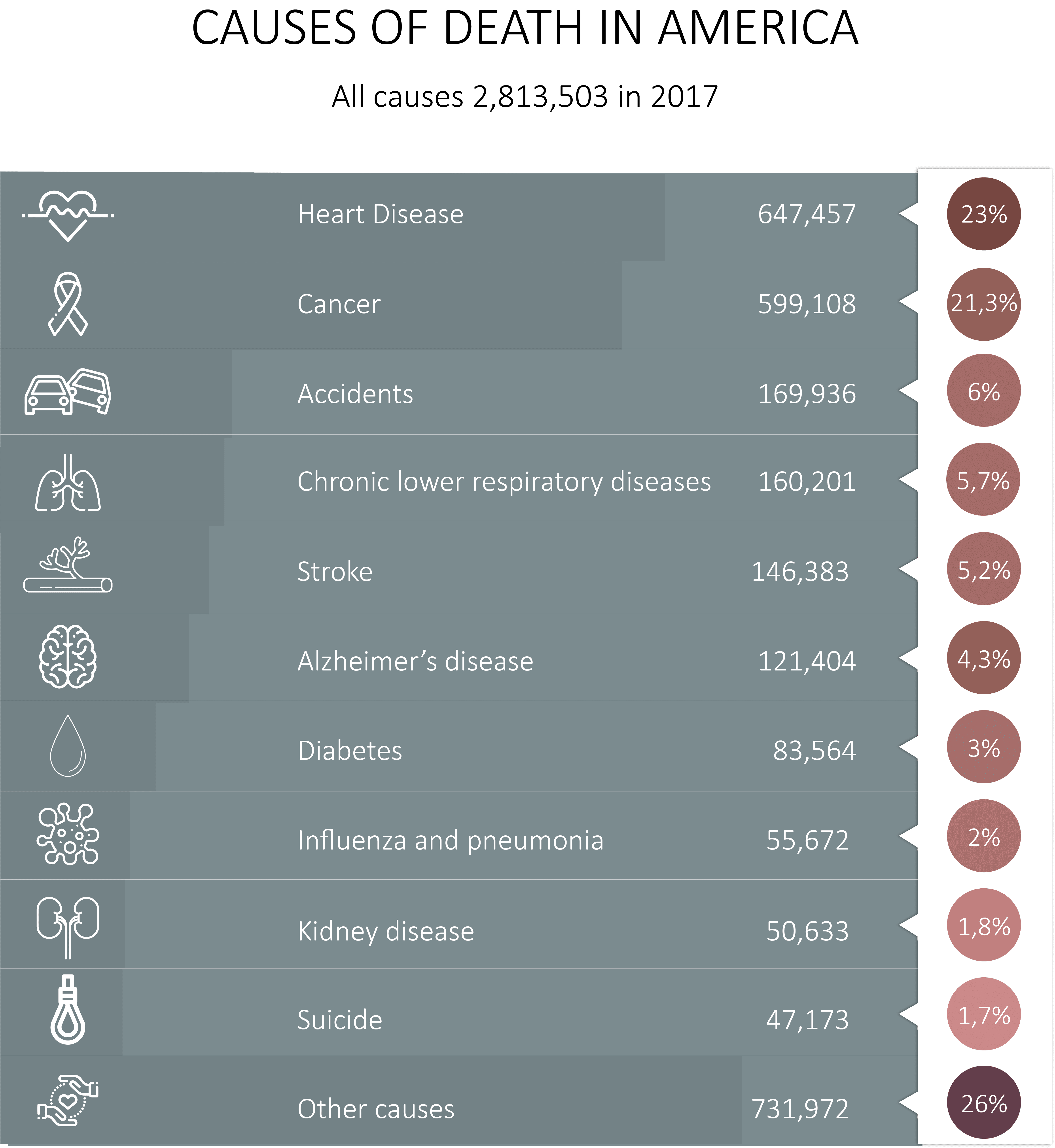
Even though life expectancy is currently 78.81 years, and we do live longer, we still suffer from various illnesses that prevent us from having a decent quality of life. And this is when health and lifestyle technology comes to the rescue.
How Technology Can Assist in Minimizing Health Risks
The workplace, where dedication and productivity thrive, often introduces a unique set of health challenges within the traditional office environment.
Postural strain from prolonged keyboard use, the elusive lunch break lost amidst a sea of emails, and stress levels soaring to unprecedented heights characterize this landscape.
The technology for health promises to metamorphose your office space from a mundane cubicle into a sanctuary of well-being.
Ergonomic Innovations: Bid farewell to the perils of poor posture as the ergonomic revolution unfolds. Intelligent chairs that adapt to your posture, keyboards designed for natural hand positioning, and anti-fatigue mats are among the technological marvels championing the cause against muscle strain and back discomfort, fostering both comfort and productivity.
Stress Alleviation: When the confines of the office seem suffocating, technology becomes your ally, offering relief. Meditation applications guide you through calming breathing exercises, virtual reality headsets transport you to tranquil beaches, and wearable stress trackers analyze bodily tension, providing tailored relaxation techniques. In this case, VR technologies can help to create a unique experience with meditation.
Restful Sleep: End the reliance on endless caffeine consumption with the intervention of technology for health. Smart sleep trackers scrutinize your sleep patterns, rousing you during light cycles for an invigorated start, and even curate personalized sleep routines. The use of AI will enable more personalized advice.
Seamless Adoption of Healthy Habits: Shift the burden of willpower to technology’s capable hands. Hydration reminders from apps, activity trackers nudging you to stroll or engage in physical activity, and nutrition assistants scrutinizing your dietary choices, suggesting healthier alternatives – these digital prompts lay the groundwork for sustainable habits, transforming each day into a stride towards a healthier version of yourself.
How Can Technology Be Utilized to Enhance Individual Performance, Health, and Fitness?
Indeed, many companies take care of their employees. But what if your company is still on the verge of incorporating a new technology for health, or it doesn’t plan to do so? How can we use technology to live a healthy and active lifestyle in this case?
The good thing is, you have everything at your fingertips to lead healthier lives. You can use plenty of mobile apps, and health, and wellness gadgets, which are available online and in brick-and-mortar stores. These things can significantly assist you in improving your personal health and fitness.
So, how can you minimize your chances of getting into the statistics of the CDCP by using wearable technology for health and mobile applications?
First of all, the best way to reduce any health risks is to prevent them. For example, Flaredown is an app that helps its users track health issues, always keep an eye on varied symptoms, and manage chronic illnesses. The app was featured at Forbes as one of the seven health technologies to watch for in the future.
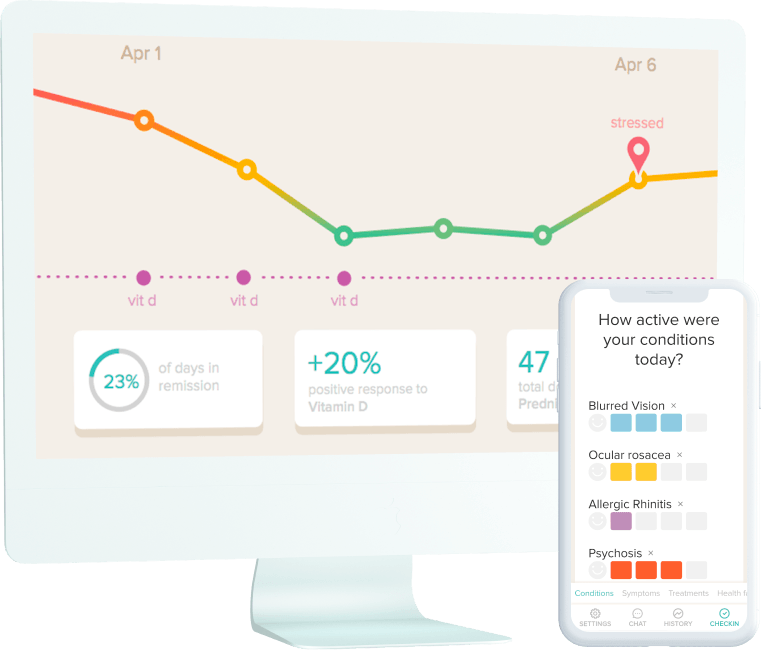
In addition, you can track your state of health by choosing a comprehensive set of criteria and logging info on the food you eat, medication you take, natural treatments, mental health states, weather conditions, physical activity, and many more. Moreover, you can customize and add your own criterion. Thus, by analyzing an extensive set of data and analytics, which you can share with your MD, you can understand your mental and physical conditions.
Secondly, using technology for health to promote physical activity can be a major lifesaver. If you work at an office, it’s highly probable that you spend at least 8 hours per day sitting at your desk. Needless to say, for some business persons this number can be much higher. A sedentary way of life is a major contributor to heart disease, depression, colon cancer, obesity, and other illnesses. This is when different wearable devices and apps come in handy.
Your fitness tracker, smartwatch, and smartphone apps can help measure your heart rate, count the number of steps you take daily, and assess how many miles you have run. Wearable lifestyle technology and mobiles can also give you signs, like vibration or beeping, to let you know that it’s time for you to have some physical activity.
Unfortunately, staying active all the time does not mean that you’ll stay healthy all the time. What you need to remember is that your well-being highly depends on what food you eat, and what kind of eating habits you have. Most of the time, our fast-paced lifestyle and junk food are a major stopper in our way of eating healthy and reflecting on what we should really eat to stay fit.
If we want to have sound health, we need to track calories to watch our weight. Moreover, in the matter of eating, “one size fits all” just doesn’t work for everyone as people want to reach different goals. For instance, if you are already into sports, you might want to alter your diet to meet individual objectives.
One such app that promotes an active way of life and healthy eating is Nutralete. The mobile app aids fitness coaches and their clients to track diet plans, count daily intake of calories, and check your progress in terms of weight loss and lean muscle building.
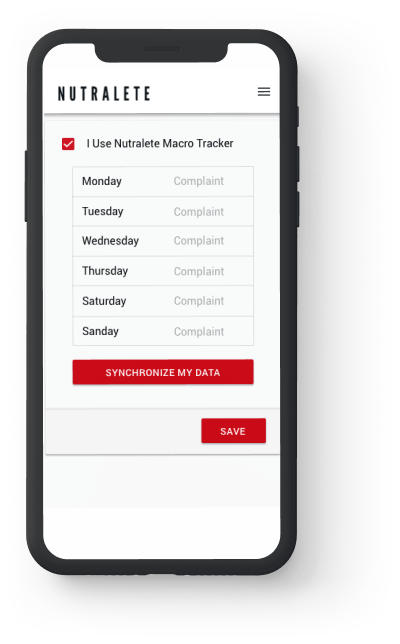
All in all, there are many apps and tech wearables in the sea — you can pick up any that will help you to keep fit, eat healthy food, and maintain physical and mental well-being. Moreover, if you aim to bring a distinctive or innovative healthcare concept to life, leverage our software development service.
Final Thoughts
Wellness tech and innovative technology for health can influence our lives and reduce the risks of getting heart disease, diabetes, and many others. Probably, Mr. Gates is right about his assumption that health and wellness technology will have a positive impact on humans. Even today, we have lots of mobile apps and wearable lifestyle tech devices that are helping us to live longer as well as improve the quality of our lives.
Are you concerned about the health of your employees and want to build a wellness app? Reach out to LITSLINK, a software development company in the USA.



